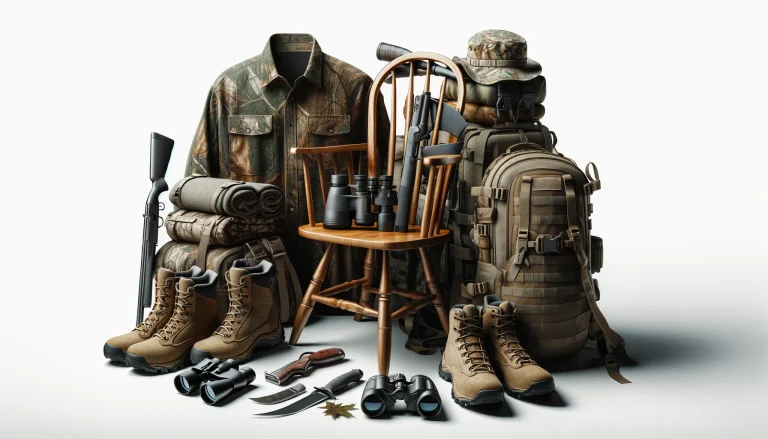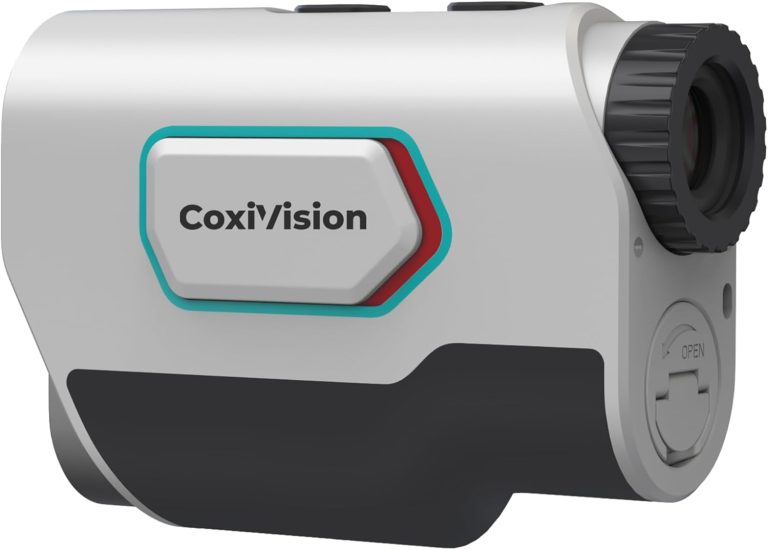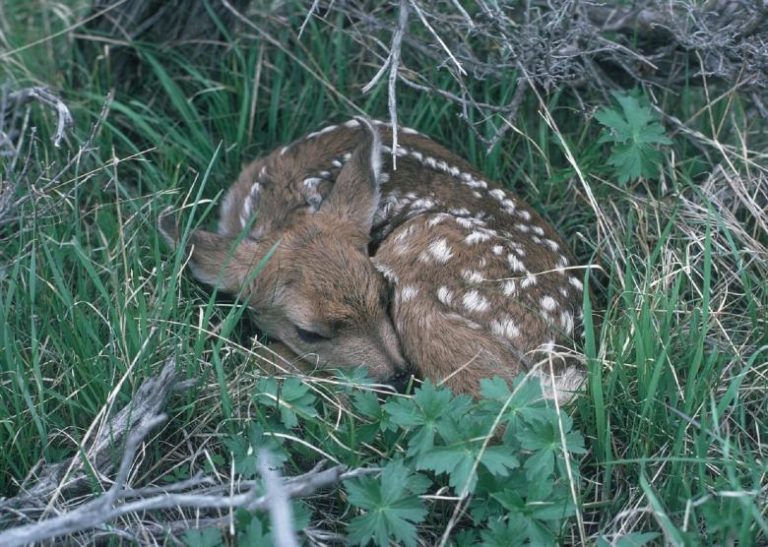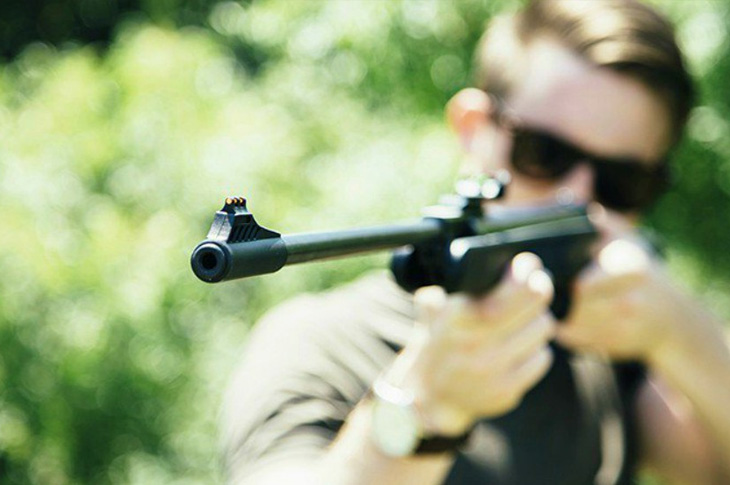Choosing the right hunting rifle is one of the most important decisions a hunter can make. Whether you’re a beginner or an experienced hunter, selecting the right rifle ensures accuracy, comfort, and a successful hunting experience. This guide will provide an in-depth look into the factors to consider when choosing the perfect hunting rifle.
Understanding the Purpose of Your Rifle
Before diving into specific types and features, it’s important to understand the purpose of your rifle. Not all rifles are created equal, and the best rifle for one type of game might not be ideal for another.
Small Game Hunting
For animals like rabbits, squirrels, or birds, a smaller caliber rifle such as a .22LR (Long Rifle) is usually sufficient. These rifles offer precision without excessive power, which is unnecessary for smaller animals.
Medium Game Hunting
When hunting deer, antelope, or similar-sized animals, you’ll need more stopping power. Popular calibers for medium game include .243 Winchester, .270 Winchester, and .308 Winchester.
Large Game Hunting
For larger animals like elk, moose, or bear, higher-caliber rifles are necessary. Calibers such as the .30-06 Springfield, .300 Winchester Magnum, and .338 Lapua Magnum provide the power needed for these heavy, thick-skinned animals.
check Hunting Rifles under $100
Key Factors to Consider
1. Caliber Selection
Choosing the right caliber is crucial. Caliber refers to the diameter of the bullet and determines the power and size of the cartridge. Selecting the right caliber depends on the game you’re hunting and the terrain.
- Smaller calibers (like .17 HMR, .22LR) are ideal for varmint and small game hunting.
- Medium calibers (like .243 Winchester or .270 Winchester) are versatile for deer and similar game.
- Larger calibers (like .30-06 or .300 Win Mag) are necessary for larger game, offering more power and range.
2. Action Type
The action refers to how the rifle loads, fires, and ejects the cartridge. There are several types of actions available:
- Bolt-action rifles: Known for accuracy and reliability. Popular among big game hunters.
- Semi-automatic rifles: Faster follow-up shots with less recoil. Used in hunting medium-sized game like deer.
- Lever-action rifles: Great for quick, successive shots in wooded areas.
- Pump-action rifles: Mostly used for small game or bird hunting, these allow fast cycling of rounds.
3. Weight and Portability
The weight of your rifle can significantly affect your hunting experience, especially if you’re trekking through rough terrain.
- Mountainous or rugged terrain: Opt for a lightweight rifle to minimize fatigue.
- Open plains or stationary hunts: Heavier rifles are acceptable and may provide better stability and accuracy.
4. Barrel Length
The length of a rifle’s barrel affects both accuracy and velocity.
- Longer barrels (24–28 inches) offer better long-range accuracy and higher bullet velocity.
- Shorter barrels (16-22 inches) are more maneuverable in dense woods and easier to carry.
5. Stock Material
Rifle stocks come in various materials, each with its pros and cons:
- Wood: Classic look and feel but sensitive to weather changes.
- Synthetic: Lighter, more durable, and resistant to environmental changes.
- Laminate: A blend of wood and synthetic, offering both aesthetics and durability.
6. Sights and Optics
Optics play a crucial role in your accuracy. For most hunters, a quality rifle scope is essential.
- Fixed-power scopes: Simple and durable, ideal for hunters who typically shoot at the same distance.
- Variable-power scopes: Offer flexibility to adjust magnification based on the situation.
7. Recoil
Recoil is the backward force felt when a gun is fired. High recoil can cause discomfort and affect your accuracy, especially during long hunts or multiple shots.
- Low-recoil calibers: Ideal for smaller game or hunters who prefer less kick.
- High-recoil calibers: Necessary for large game but can be harder to control over multiple shots.
Personal Comfort and Fit
A good hunting rifle should feel comfortable in your hands and against your shoulder. Consider going to a local gun shop and testing different rifles to find one that suits your body type and hunting style.
Testing and Practice
Once you’ve chosen your rifle, it’s essential to spend time at the range practicing. Consistent practice will help improve your shot placement and confidence in the field.
Budget Considerations
Hunting rifles vary widely in price, from budget options to premium models. Determine your budget before starting your search. Some popular budget-friendly rifles include:
For higher-end options, consider:
Conclusion
Choosing the right hunting rifle requires careful consideration of your game, terrain, personal preferences, and budget. Take time to evaluate your needs, test different models, and practice regularly. With the right rifle in hand, you’ll be prepared for a successful and enjoyable hunting experience.














